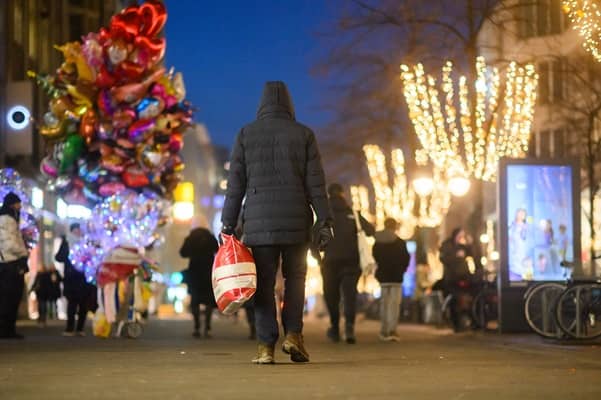Travel
London’s underground lifestyle: A peek below the surface | London Daily News

The London Underground is not just a transit system; it’s a lifeline for millions. Around 5 million journeys are made on the Tube every day, weaving a network of lives that pulse beneath the city’s surface. Since its inception in 1863, the Underground has been a vital part of London’s identity, shaping its culture and communities. This article will explore the unique lifestyle influenced by the Tube, its impact on commuting, social interactions, and urban planning.
Commuting Chaos and Quiet Triumphs
Commuting in London can be a wild ride. On average, a Tube journey takes about 30 minutes, but peak hours can lead to crowded trains and delays. During rush hour, over 1 million people squeeze into the network. To make the daily grind smoother:
- Plan your route: Use apps like Citymapper for real-time updates and alternate routes.
- Timing is key: Travel early or late to avoid overcrowding.
- Mind the gap: Understanding the layout helps you get on and off faster.
The stress of commuting can take a toll. Experts say developing coping mechanisms, such as listening to music or deep breathing, can help manage anxiety. Commuting doesn’t have to be a nightmare; small changes can lead to a more positive experience.
Tube Culture: A Subterranean Society
There’s an intriguing world within the Tube. Passengers follow unspoken rules, like not making eye contact or keeping conversations to a minimum. Despite this, connections often form in surprising ways. Community initiatives, like local art exhibitions in stations, bring people together and foster a sense of belonging.
Tube stations often double as art galleries. For instance, the mosaics at Tottenham Court Road and the striking architecture of King’s Cross make journeys more enjoyable. These elements highlight how the Underground contributes to London’s social fabric.
The Underground’s Influence on Urban Development
The Tube has significantly shaped London’s growth. In the late 19th century, new lines encouraged expansion into previously untouched areas. Suburbs emerged around stations, transforming the landscape.
Closer proximity to Tube stations can dramatically increase property values. A study found that homes within a 10-minute walk of a station can command a premium of up to 20%. As London continues to evolve, new projects, like the Crossrail, promise to enhance connectivity and spur further development.
Hidden Histories and Unexpected Discoveries
The depths of London hold secrets beyond the everyday commute. Beneath the tracks lie historical artifacts, from the remnants of Victorian engineering to forgotten spaces. Some stations, like Aldwych, remain ghost-like, frozen in time.
Explorations of abandoned lines reveal fascinating stories, each telling a piece of London’s history. There are hidden gems within the network that few know about, like the art installations at certain lesser-known stops.
Living the Tube Life: Tips and Tricks
Navigating the Tube doesn’t need to be daunting. Here are some actionable tips for smoother travel:
- Download helpful apps: Citymapper offers navigation, while TfL Oyster and contactless apps manage your travel cards.
- Check live updates: Always be aware of service changes.
- Use an Oyster card: It’s usually cheaper than buying single tickets and can be topped up easily.
When budgeting for travel, consider weekday versus weekend rates. Daily caps on Oyster cards can help keep costs in check.
Conclusion: More Than Just a Commute
The London Underground creates a unique lifestyle that goes beyond just getting from A to B. It shapes our daily experiences, fosters community, and influences urban growth. Next time you ride the Tube, think about how it connects lives beneath the surface.
Share your own Tube experiences. What’s your favourite station or commute hack? Let’s celebrate the quirks and wonders of underground life together!










